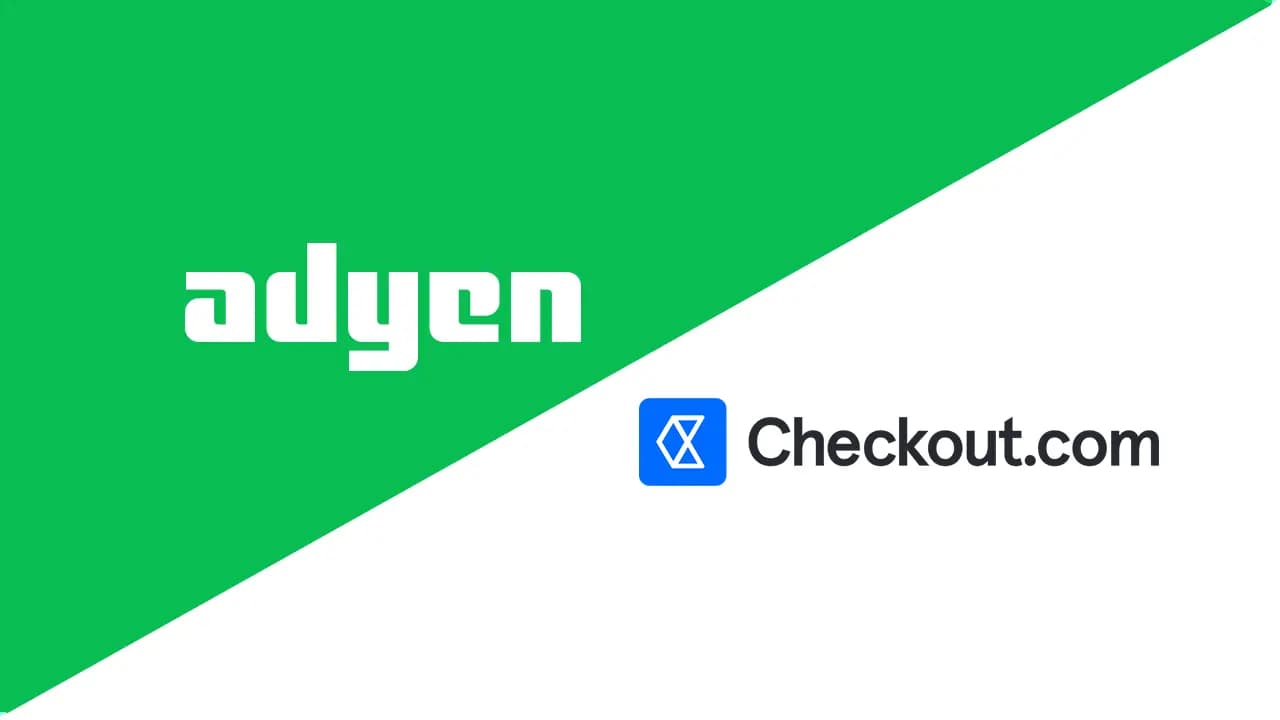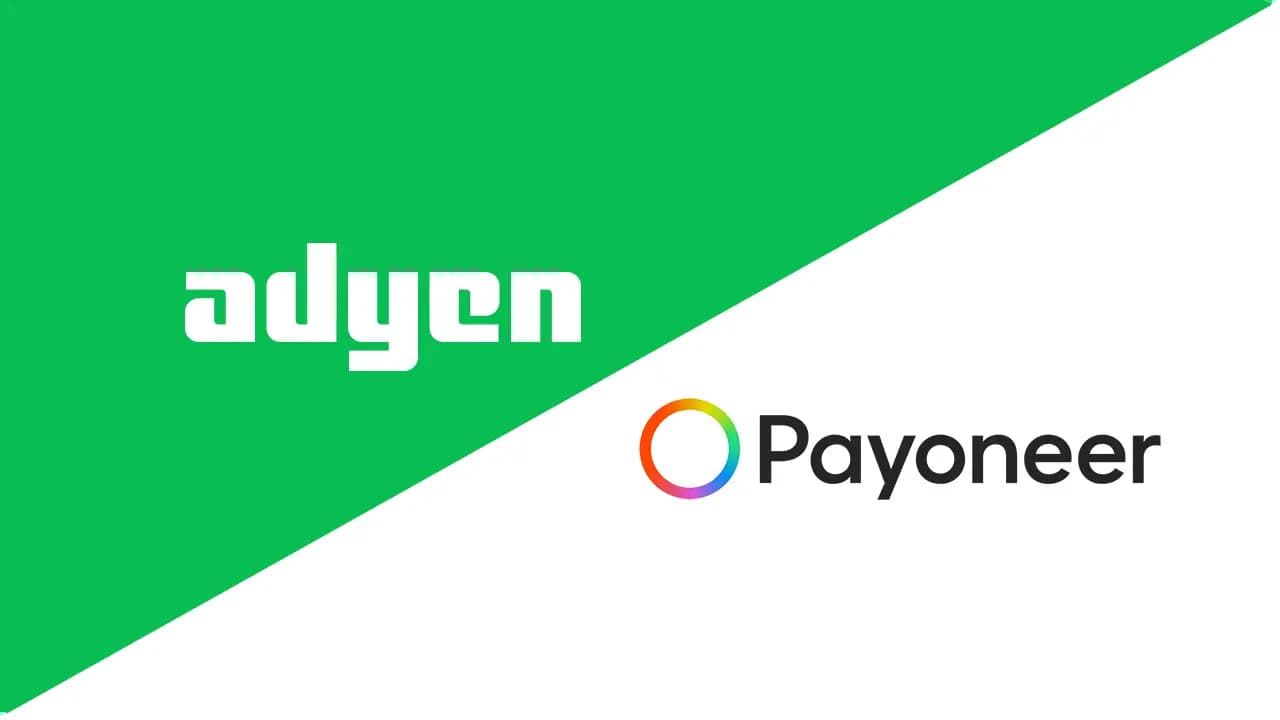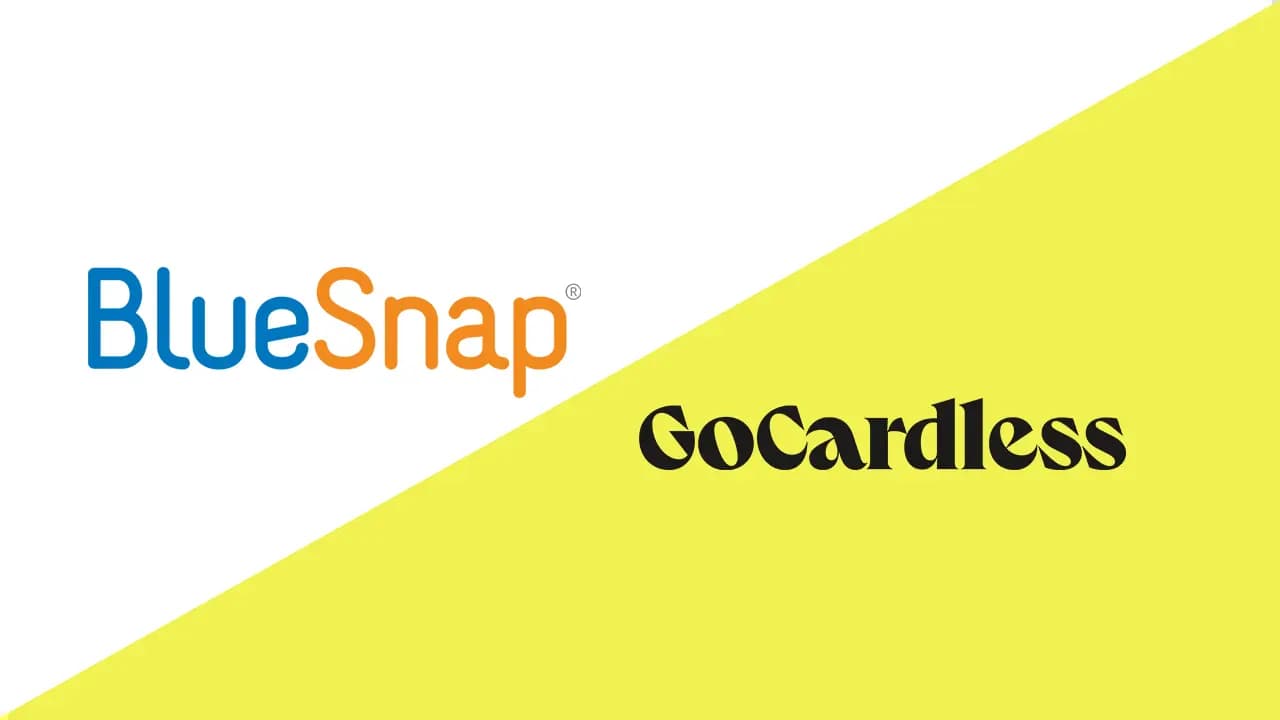
Stripe vs APEXX Payment Orchestration Platform: A Comprehensive Report
Choosing the Right Payment Processing Solution: We Can Help
Are you at a crossroads where innovation meets necessity when choosing the right payments infrastructure for your business? Stripe and APEXX both enable secure, efficient transactions, but they do so in fundamentally different ways, each with strengths that may align with different business models and ambitions.
Stripe has carved its niche as a leading payment service provider (PSP) and processor, known for its flexibility, global reach, and developer-friendly API. Its all-in-one approach bundles the payment gateway, processor, and value-added features like subscription billing into a single, easy-to-integrate solution.
APEXX Payment Orchestration Platform, by contrast, is not a PSP or processor itself. Instead, it is a payment orchestration platform (POP) that connects merchants to multiple PSPs, acquirers, and alternative payment methods through a single API. This architecture allows merchants to dynamically route transactions for better approval rates, reduced costs, and greater resilience against outages — all without being locked into a single provider.
Both platforms support modern commerce, but their roles differ: Stripe offers a turnkey solution for quickly enabling payments, while APEXX provides the strategic flexibility to manage and optimize payments across multiple providers. This comparison will help you understand the distinctions, strengths, and ideal scenarios for each so you can select the most effective solution for your business.
Payment Gateway Overview
A payment gateway acts as the secure bridge between a customer’s chosen payment method and the payment processor that handles the actual movement of funds. It encrypts and transmits payment data from the checkout page or point-of-sale system to the processor, which then communicates with banks or card networks to authorize and settle the transaction.
Gateways often include additional functions such as tokenization for card-on-file storage, basic fraud screening, and support for multiple payment methods — from credit/debit cards to digital wallets and local payment options.
Many payment service providers, such as Stripe, offer a combined gateway and processor in one integrated service. This all-in-one approach allows merchants to start accepting payments quickly, but it typically ties them to a single provider. Businesses that want greater flexibility in provider choice may turn to payment orchestration platforms instead.
Payment Orchestration Overview
While payment processors and gateways handle the mechanics of moving money and authorizing transactions, a payment orchestration platform (POP) adds a strategic layer of control above them. Through a single integration, a POP connects a merchant to multiple payment service providers, gateways, and alternative payment methods.
This approach enables intelligent transaction routing based on cost, geography, provider performance, redundancy needs, or other business rules. For example, a POP can send European card transactions to one acquirer for optimal rates and U.S. transactions to another for better approval rates.
Orchestration reduces dependence on any one provider, improves resilience against downtime, and can increase authorization rates by routing to the most suitable PSP in real time. It also simplifies expansion into new markets by making it easier to add local payment methods without re-engineering the checkout system.
Stripe
Stripe is a widely recognized player in the online payments industry, esteemed for its intuitive interface and all-in-one solution. Here’s a closer look at its features and operational strengths:
What Is Stripe?
Stripe is a leading payment processing platform that enables businesses to accept payments online and in person. With its robust suite of tools and APIs, it is designed to simplify payment gateway integration for both e-commerce businesses and service providers, making it an ideal choice for startups and established companies alike.
How Does Stripe Work?
Stripe operates by providing businesses with a set of APIs and tools to facilitate payment processing. When a customer makes a purchase, the payment information is captured through a secure interface, encrypted, and sent to Stripe for processing. The platform supports multiple payment methods, including credit and debit cards, digital wallets like Apple Pay and Google Pay, and even cryptocurrency transactions. Stripe payment processing ensures quick fund deposits into the merchant’s bank account, typically within a few days.
Stripe Features And Pricing
When selecting a payment service provider, merchants need to consider various factors, including features, pricing, and security. Here’s an overview of Stripe’s features and pricing:
Stripe Features
Stripe is a popular payment service provider that offers a range of features, including:
- Online payment processing: Stripe enables merchants to accept online payments through a secure payment gateway.
- Recurring payments: Stripe supports recurring payments, making it easy for merchants to manage subscription-based businesses.
- Mobile payments: Stripe offers mobile payment solutions, including Apple Pay and Google Pay.
- Fraud prevention: Stripe provides advanced fraud prevention tools to help merchants minimize chargebacks and disputes.
- Payment analytics: Stripe offers payment analytics, enabling merchants to track transaction data and optimize their payment processing.
Stripe Pricing
Stripe’s pricing is competitive, with no monthly fees or setup costs. Merchants pay a fixed processing fee per transaction, which varies depending on the payment method and currency.
- Online credit card transactions: 2.9% + 30¢ per transaction
- In-person credit card transactions: 2.7% + 5¢ per transaction
- International transactions: 3.9% + 30¢ per transaction
Stripe also offers custom pricing for large businesses and enterprises, which can be negotiated based on transaction volume and other factors. This flexibility makes Stripe an attractive option for businesses of all sizes, from startups to large corporations, looking for a reliable and cost-effective payment processing solution.
Who Benefits The Most From Stripe?
Stripe Is Best For:
- E-commerce businesses that need a reliable payment processing solution to manage online transactions.
- Subscription services that require recurring billing capabilities.
- Marketplaces that facilitate transactions between buyers and sellers, as Stripe supports split payments.
- International businesses due to its support for multiple currencies and localized payment methods.
Ideal Use Cases For Stripe
Stripe excels in various scenarios, including:
- Launching subscription-based services.
- Facilitating marketplaces that require transactions between multiple parties.
- Supporting mobile app developers with in-app payment processing.
- Enabling startups to validate their ideas quickly without extensive backend infrastructure.
What Customers Say: Reviews Of Stripe
Market Perception of Stripe
Stripe has garnered a wide range of reviews from users, emphasizing both its strengths and areas for improvement.
Pros of Stripe
- Ease of setup: Users often commend Stripe for its ease of integration and user-friendly dashboard, which simplifies transaction monitoring.
- Robust API: Many appreciate the robust API that allows developers flexibility to customize the payment experience.
Cons of Stripe
- Poor customer support: Some users have reported difficulties with customer support, noting that response times can be slow during high-demand periods.
- Complex fee structures: There are complaints regarding unexpected fee structures, which can be confusing for new users.
- Localization: Limitations in available support options for some regions.
Scalability and flexibility: Users have expressed concerns about the stability of some payment methods during peak times.
APEXX Payment Orchestration Platform
What Is APEXX Payment Orchestration Platform?
APEXX is a global payment orchestration platform that allows businesses to connect to multiple payment service providers, acquirers, and alternative payment methods through a single integration. It’s designed to give merchants flexibility in how payments are routed, improve authorization rates, and reduce transaction costs. The platform emphasizes transparency and optimization, making it particularly attractive for businesses with international reach.
How Does APEXX Work?
When a customer initiates a payment, APEXX captures the payment details through a secure interface and intelligently routes the transaction to the most suitable PSP or acquirer based on pre-set rules. These rules can be optimized for factors such as transaction cost, geographic location, payment method availability, or provider performance. APEXX supports a broad range of payment methods, multi-currency processing, and compliance with global regulations like PSD2 and GDPR.
APEXX Features and Pricing
Features
- Multi-acquirer connectivity: Link to multiple PSPs and acquirers through one integration.
- Intelligent routing: Optimize transactions for cost, speed, or approval rates.
- Multi-currency support: Accept payments in numerous currencies with built-in conversion.
- Local payment method support: Offer region-specific options to improve conversions.
- Transparency: Reduce hidden costs with clear fee structures.
- Integration flexibility: Works with existing e-commerce platforms and checkout systems.
Pricing
APEXX uses a custom pricing model based on merchant needs, transaction volumes, and the number of connected PSPs. There are no publicly listed flat rates, and fees typically involve a combination of platform charges and negotiated rates with connected acquirers.
Who Benefits the Most From APEXX?
APEXX Is Best For:
- International e-commerce merchants needing multiple PSP connections.
- Businesses looking to avoid vendor lock-in and improve redundancy.
- Merchants with high transaction volumes seeking better conversion rates and lower costs.
Ideal Use Cases for APEXX
- Expanding into new markets with local payment preferences.
- Building resilience against PSP outages through multi-acquirer routing.
- Reducing transaction costs via strategic acquirer selection.
What Customers Say: Reviews of APEXX
Market Perception of APEXX
APEXX has received positive attention for its flexibility, optimization features, and global reach, though some users note challenges with support responsiveness and minor technical issues.
Pros of APEXX
- No vendor lock-in: Flexibility in routing and PSP choice.
- Intelligent routing: Enhanced approval rates and cost optimization.
- Globalization: Multi-currency and local payment support.
- Cost transparency: Fees and pricing are clearly structured and communicated.
Cons of APEXX
- Less brand recognition: when compared to top-tier PSPs.
- Inconsistent customer support: Customer support response times can be slower during peak demand.
- Technical issues: Occasional technical issues have been reported.
- Limited publicly available pricing information: APEXX doesn’t publish many pricing details online. Interested customers must first contact their team.
- Lengthy onboarding process: The onboarding process may take longer for highly customized setups.
Financial & Market Insights
- Key Financial Metrics: As of late 2023, Stripe processes millions of transactions worth hundreds of billions of dollars annually, while the APEXX Payment Orchestration Platform has recently reported substantial growth due to its unique multichannel approach. Stripe’s revenue growth rates comfortably reflect its strong market penetration.
- Market Position and Growth Trends: Stripe is a well-established player in the e-commerce payment gateway sphere, recognized for its innovation and a wide user base. APEXX is gaining traction among mid-sized businesses looking for flexible payment solutions, especially those with international aspirations.
- Recent Regulatory Changes: Payment industry regulations are ever-evolving, particularly with GDPR and PSD2 affecting both entities. Stripe has adapted successfully, while APEXX is also compliant, focusing heavily on transparency to enhance business credibility.
Feature Comparison
| Feature | Stripe | APEXX |
|---|---|---|
| Billing & Invoicing | ✅ | ⚠️ |
| Currency Support | ✅ | ✅ |
| Customizable Branding / White Label | ✅ | ✅ |
| Deployment Flexibility | ✅ | ✅ |
| Fraud Tooling | ✅ | ⚠️ |
| Integration Capabilities | ✅ | ✅ |
| Merchant Management Tools | ✅ | ✅ |
| Payment Types (Cards, Wallets, APMs) | ✅ | ✅ |
| Reconciliation Tools | ✅ | ✅ |
| Reporting & Data Analysis | ✅ | ✅ |
| Security / Compliance (PCI, PSD2, GDPR) | ✅ | ✅ |
| Smart Routing | ❌ | ✅ |
| Split Payments | ✅ | ✅ |
| Supported Payment Methods (Variety) | ✅ | ✅ |
| Tokenization | ✅ | ✅ |
| Vaulting (Card-on-File) | ✅ | ✅ |
*APEXX’s ability to offer some of these features is dependent upon a PSP or payment gateway that supports the same features.
Strengths
Stripe
- Highly developer-friendly API facilitating seamless integration.
- Comprehensive support for various payment methods, including credit cards, digital wallets, and bank transfers.
- Strong security measures, including built-in fraud detection and PCI compliance.
- Robust features for subscription management and automated billing processes.
- Well-regarded customer success stories across diverse industries.
APEXX Payment Orchestration Platform
- Offers an all-in-one payment solution that aggregates different payment methods onto a single platform.
- Multi-currency support with optimized routes to enhance conversion rates.
- Flexibility that appeals especially to international businesses.
- Emphasizes transparency, reducing hidden fees and complexities often associated with traditional payment processors.
- Seamless integration with existing e-commerce systems, making setup quick and streamlined.
Weaknesses
Stripe
- Customer support challenges, particularly during periods of high transaction volume or account transitions.
- Complaints about sudden account holds and terminations impacting merchant operations.
- Complex fee structures can confuse users, particularly those unfamiliar with payment processing economics.
APEXX Payment Orchestration Platform
- Customer support response times are reported to be slower than expected.
- Occasional technical glitches, which can lead to downtime, can negatively impact the user experience.
- Being relatively new, it lacks the extensive scalability and brand recognition of Stripe, which might deter some larger enterprises from adopting the service.
Final Summary & Recommendation
Choosing between Stripe and APEXX Payment Orchestration Platform boils down to specific business needs:
- Key reasons to choose Stripe:
- If a business prioritizes a mature platform with extensive documentation for seamless integration and a wide variety of payment solutions, Stripe is the clear winner.
- Businesses with complex subscription models will benefit from Stripe’s built-in features.
- Key reasons to choose APEXX Payment Orchestration Platform:
- Companies focused on international transactions or that require flexible payment solutions with an emphasis on optimizing conversion rates should consider APEXX.
- Mid-sized businesses looking for a straightforward, aggregated payment method without convoluted fee structures will find APEXX advantageous.
- Situational Recommendations:
- For startups and tech-savvy e-commerce businesses, Stripe provides the robustness and flexibility needed as they scale.
- For mid-sized to larger businesses that anticipate rapid growth in international markets and require multi-currency capabilities, APEXX offers the necessary tools to support global expansion without complexity.





